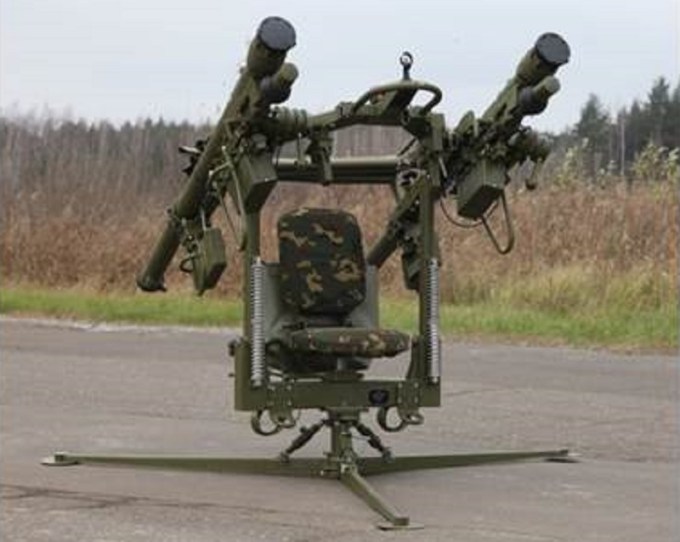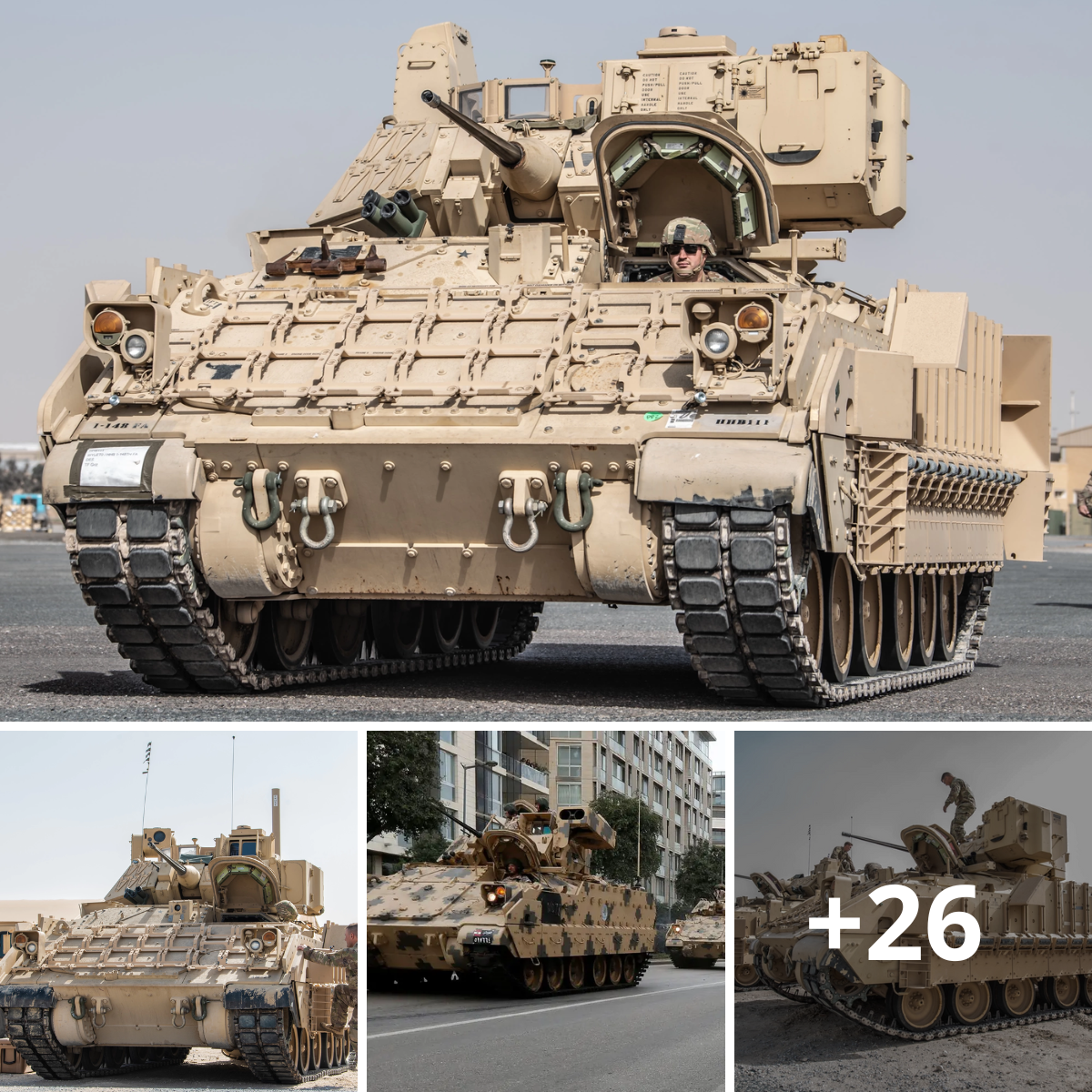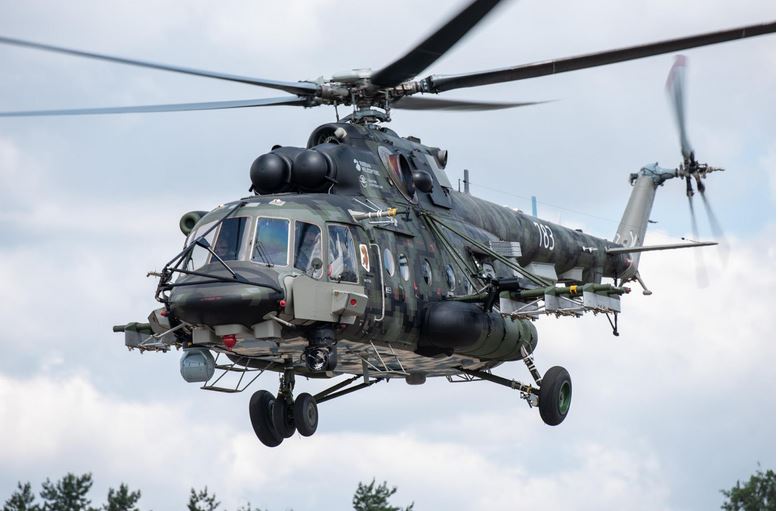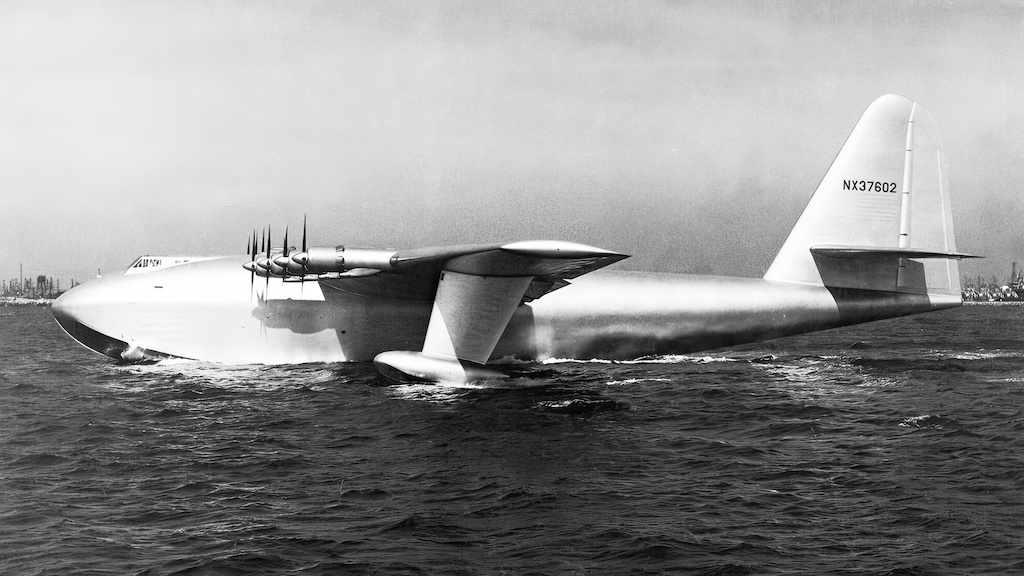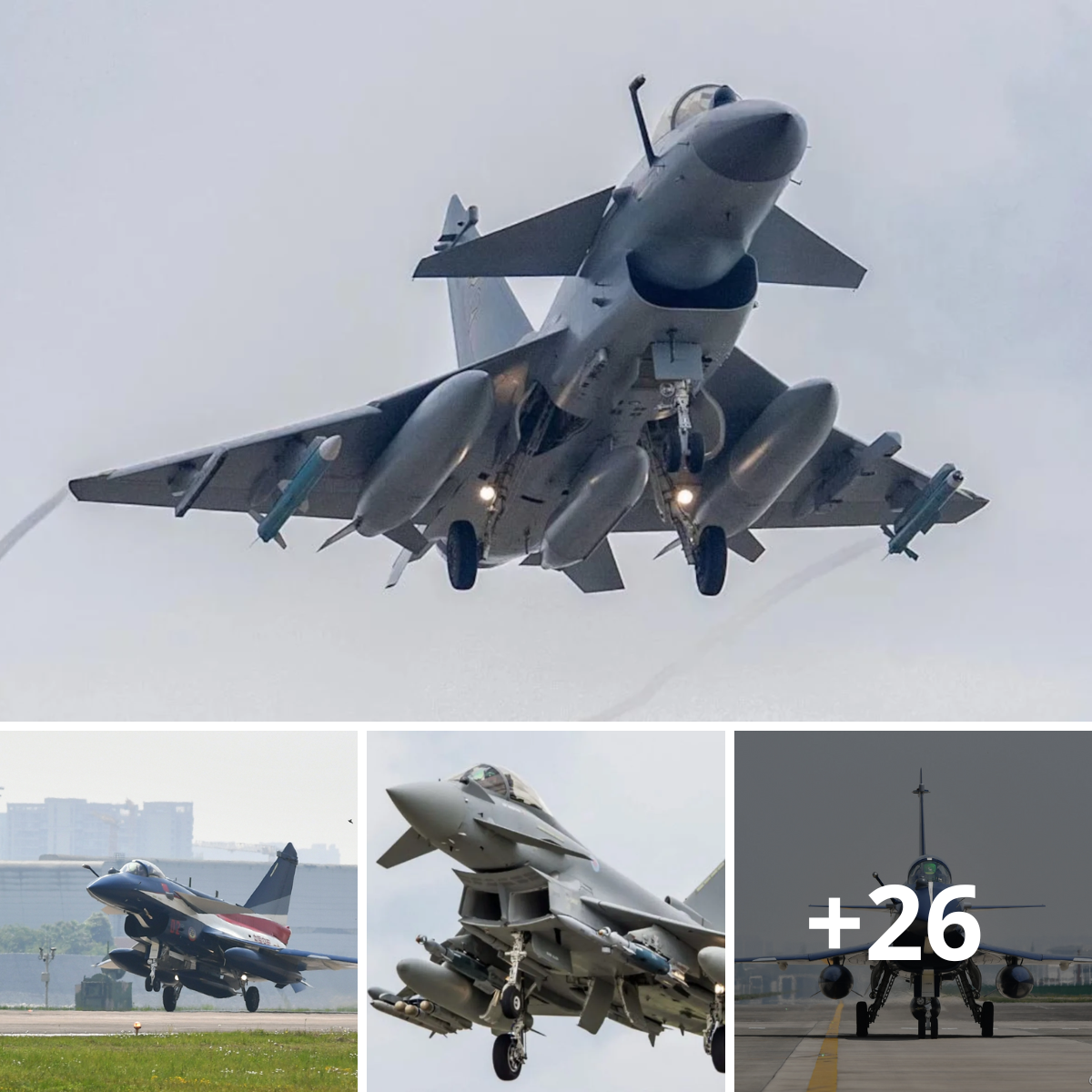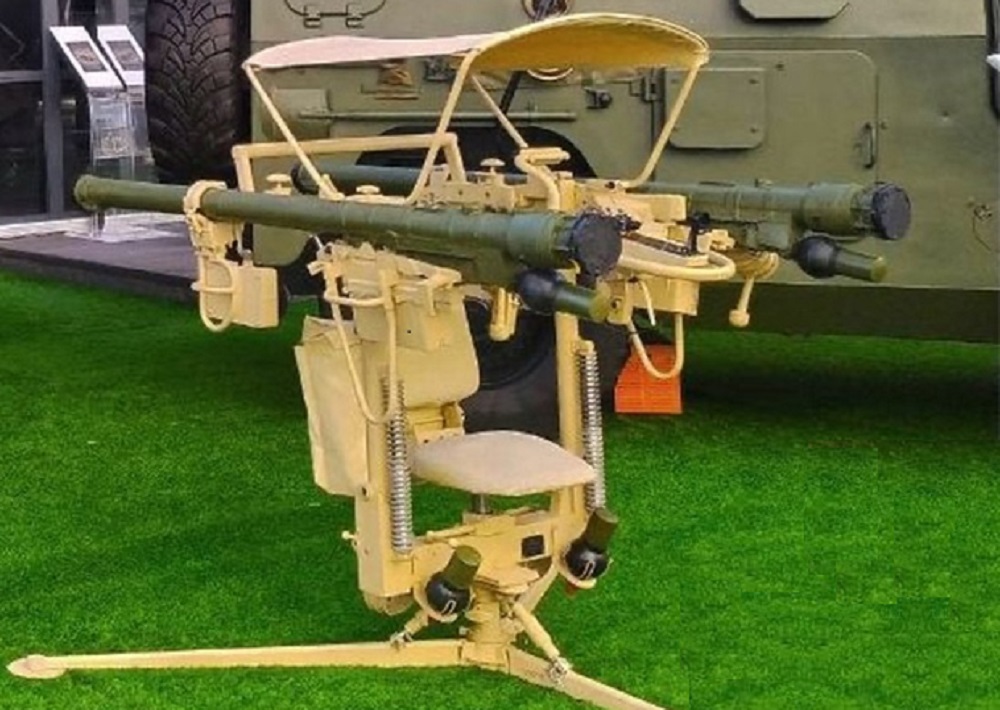
At the highly anticipated World Defense Show in Riyadh, a support-launch system, named “Dzhigit,” took the spotlight with its advanced capabilities. Specifically designed for firing MANPADS (man-portable air defense missile systems) missiles of lgla-1 (SA-16), Igla (SA-18) and Igla-S (SA-24) or Verba type, this cutting-edge ammunition follows the “fire-and-forget” principle, ensuring a streamlined and efficient deployment on the battlefield. The “Dzhigit” support launcher boasts enhanced features, including increased firing speed, a 1.5 times higher probability of engaging a target, and improved gunner convenience. With models equipped for 24-hour use featuring night vision technology and a “Friend-or-foe” identification system in those with a ground radio requestor, this system sets a new standard in deep secrecy and sustainability.
Key Features of the “Dzhigit” Support Launcher:
- Increased fire speed
- 1.5 times higher probability of engaging a target
- Enhanced gunner convenience
- 24-hour usability with night vision
- “Friend-or-foe” identification system with ground radio requestor
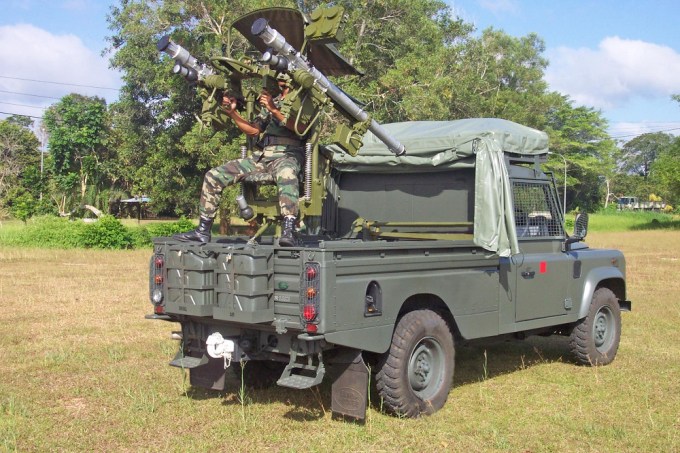
Designed for rapid deployment, precise targeting, and the simultaneous launch of two man-portable air-defense missiles in a salvo or successively, the “Dzhigit” support launcher can be operated manually or in automatic modes by a single gunner. The main characteristics of the system include guidance angles covering azimuth from 0 to 360 degrees and an elevation angle from -15 to +60 degrees. With a weight of 128 kg (excluding missiles) and compact dimensions in combat mode, the “Dzhigit” Support Launcher ensures versatility and ease of use in various scenarios. The support launcher facilitates training for gunners through the use of training man-portable air-defense missiles, further enhancing its operational capabilities.
The 9K38 Igla (Nneedle, NATO reporting name SA-18 Grouse) is a Russian/Soviet man-portable infrared homing surface-to-air missile (SAM) system. A simplified, earlier version is known as the 9K310 Igla-1 (NATO: SA-16 Gimlet), and the latest variant is the 9K338 Igla-S (SA-24 Grinch). The Igla-1 entered service in 1981, the Igla in 1983, and the Igla-S in 2004. Since 2014 the Igla is being replaced in Russian service by the new 9K333 Verba (Willow) MANPADS. The Verba’s primary feature is its multispectral optical seeker, using three sensors as opposed to the Igla-S’ two. Cross-checking sensors against one another better discriminates between relevant targets and decoys, and decreases the chance of disruption from countermeasures, including lasers that attempt to blind missiles.
